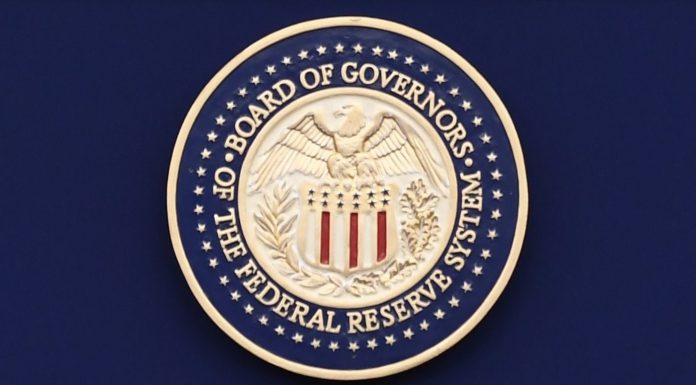(Money Metals Exchange) Gold and silver markets edged up this week but remain mired within a longer-term consolidation phase.
Last Friday, it appeared that silver was at risk of breaking down below its trading range for this fall. But prices recovered early this week and finished Thursday right back at the $17.00 level, where silver has been drawn to like a magnet.
So, the bullish scenario suggested by us and our guest expert, Greg Weldon, during last week’s podcast is still in play. We had noted that gold and silver mining stocks were breaking to the upside and outperforming the metals. That outperformance continued again this week, especially in the silver miners.
Spot silver currently checks in at $16.95 per ounce, up 1.7% since last Friday’s close. And gold is up 0.8% for the week to trade at $1,473 an ounce.
Bigger gains are being posted by base metals and PGMs. Copper prices jumped nearly 3% this week to hit a 7-month high. Platinum, despite giving back nearly $20 so far today still shows a weekly gain of 3.3% to trade at $930. And finally, palladium continues to defy gravity, up 2.2% for the week to reach another record high at $1,929 per ounce. It has fallen, though, today after threatening to reach nearly $2,000 an ounce in early day trading here on Friday.
Industrial metals are benefiting from on-again, off-again, now on-again trade progress with China. They are also reflecting rising inflationary pressures in the economy, bolstered by the Federal Reserve’s latest and most explicit policy messaging yet on wanting to engineer higher rates of inflation.
Fed Chairman Jerome Powell is now talking up inflation in ways that nobody in his position ever has before. At a press conference on Wednesday, Powell went so far as to call for a “significant” and “persistent” move up in inflation.
For reasons they have never made clear to the public, Powell and company are upping the inflation ante from 2% to 2% plus overshoots.
Why are they are so obsessed with making sure the value of the U.S. dollar goes down at a more rapid pace? Well, the obvious but unspoken reason is because they want to promote spending and consumption, punish savers, and bail out debtors.
The largest debtholder being the U.S. government, it needs more dollars to be created somehow since tax revenues are falling far short of spending commitments, including interest payments owed on more than $23 trillion in outstanding debt.
Uncle Sam and his partners at the Fed would like to see the real value of debt diminished through inflation without triggering a corresponding increase in interest rates. One way to help achieve that objective is to convince the bond market to anchor its inflation expectations to an understated measure.
The Fed has convinced everyone that inflation is running persistently under 2% because the inflation gauge it uses produces a lowball number. The central bank’s preferred core Personal Consumption Expenditures index is running at an estimated 1.6% year-on-year.
But inflation as measured by the Consumer Price Index is running at 2.1% annually, according to the latest data reported by the Bureau of Labor Statistics on Wednesday. Other alternative measures show consumer costs rising at a much faster clip.
For example, analysis from Gordon Haskett Research Advisors showed that a basket of 76 typical items from Walmart and Target has gone up by about 5% this year. Housing rents are now climbing at a 5.4% rate. Medical and education costs are also each rising by over 5% annually.
When you consider that the Fed’s balance sheet is now surging at a double digit rate thanks to the new Quantitative Easing program that the Fed refuses to call QE, we seem to have a serious inflation problem that threatens to spill over into the economy.
The Fed would have us believe it’s a problem of too little inflation. Jerome Powell can continue to say that with a straight face only so long as hard asset prices remain depressed. But when gold follows palladium’s lead to new record highs, the Fed’s inflation mask will come off.



